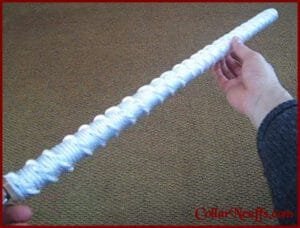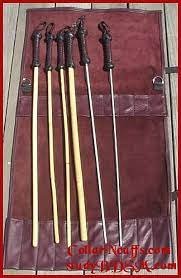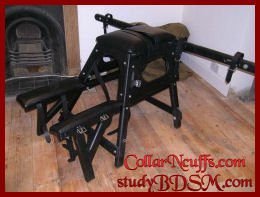Spreader Bar

How to Use a Spreader Bar in Femdom Play Spreader bars are versatile tools commonly used in femdom play to enhance the experience for both parties. They are designed to keep certain body parts spread apart, which can heighten sensations and introduce an element of restraint into the scenario. If you're new to using a bar, this guide will provide a comprehensive introduction and safety tips.













